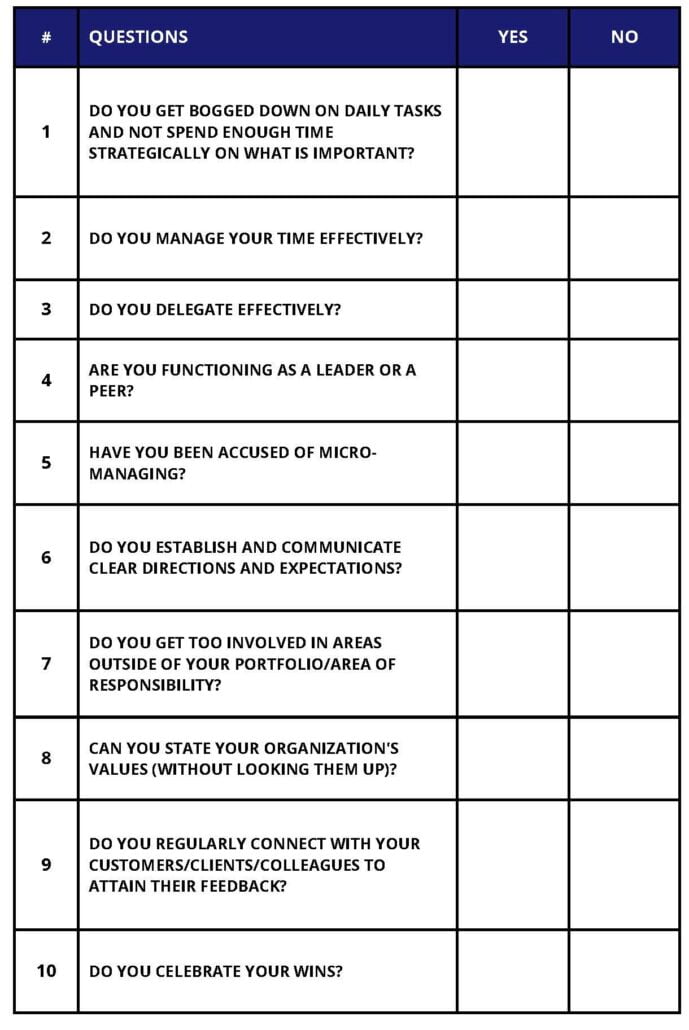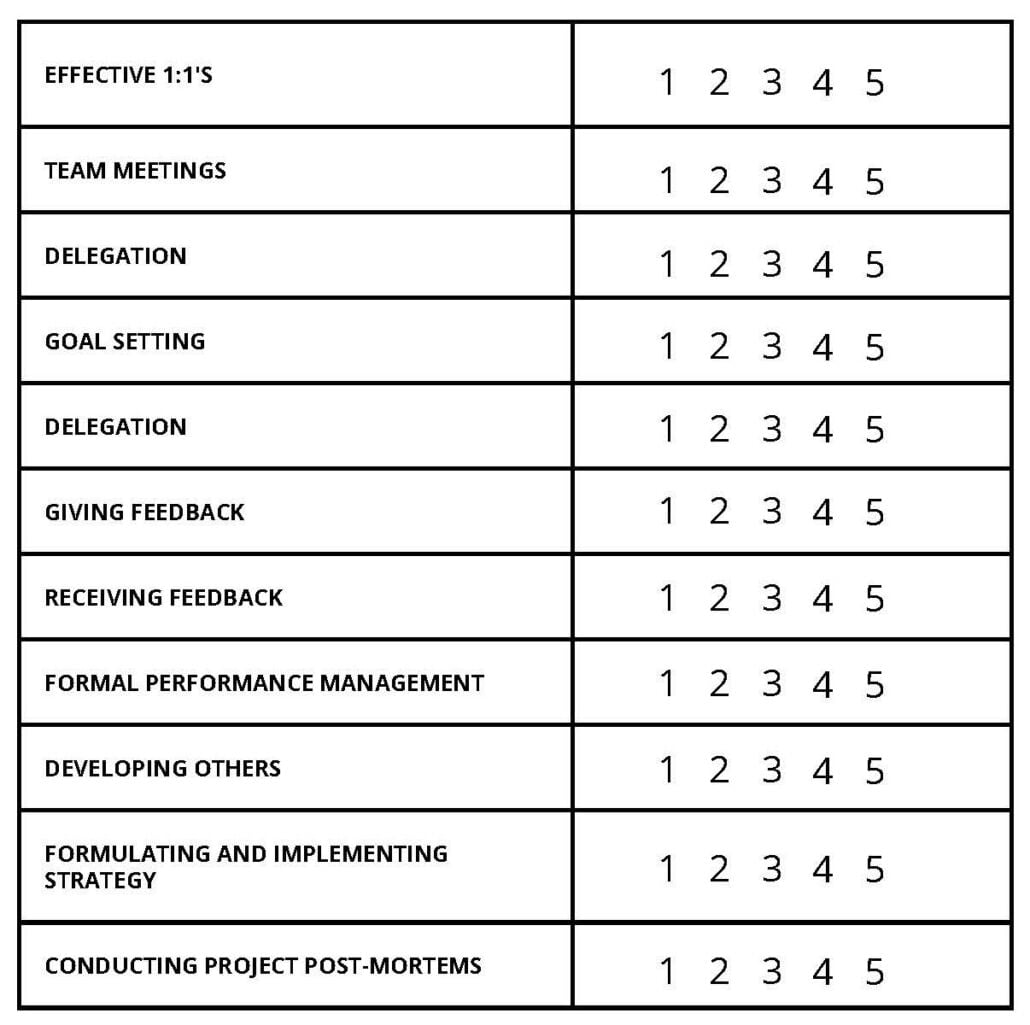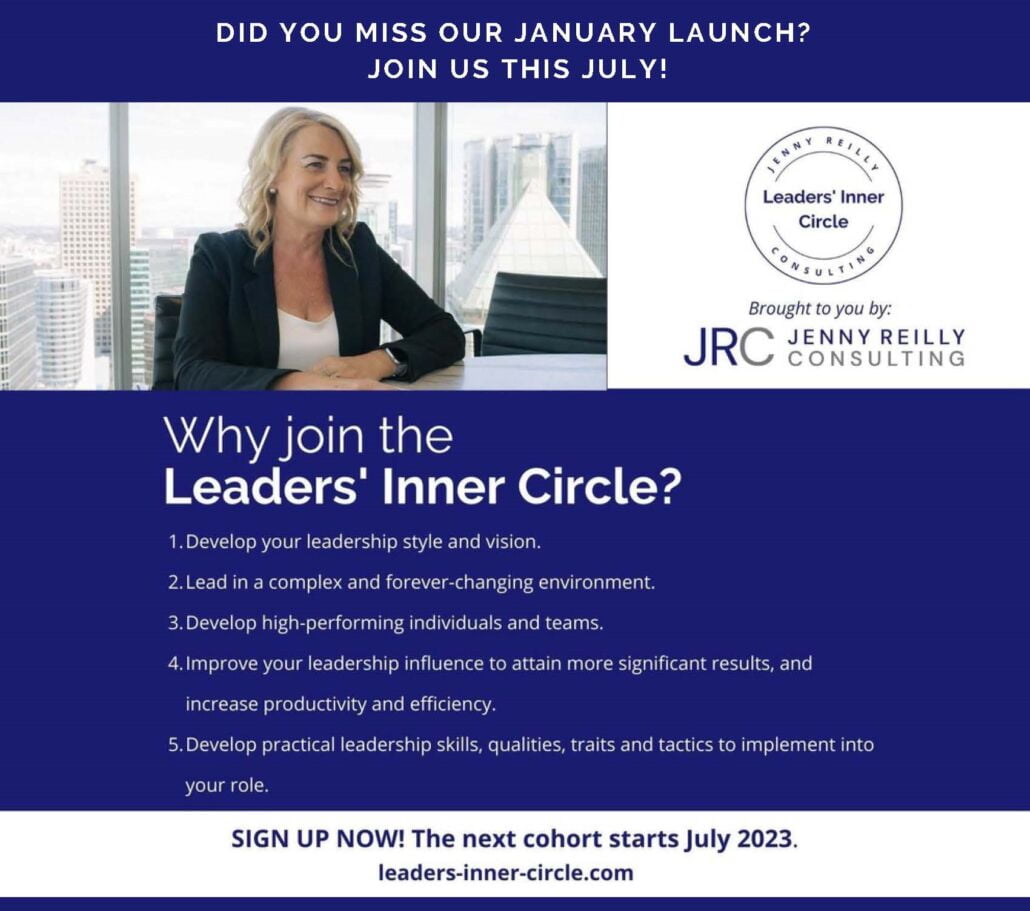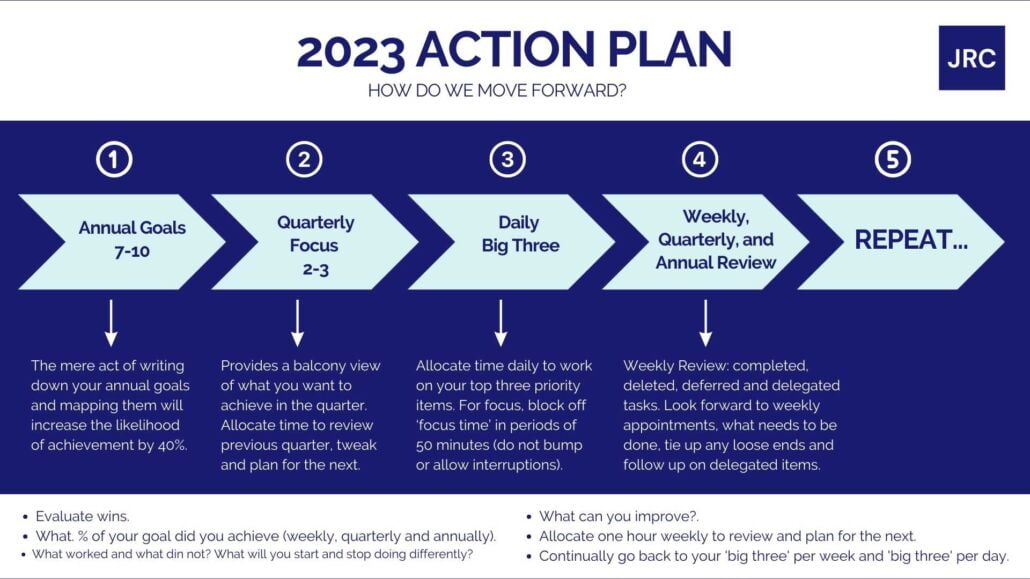Tactics to Help You in Periods of Professional Transitions
Do you find yourself answering “YES” to any of the questions below?
- Are you making or thinking about a career transition this year?
- Are you in the process of turning your business, department, or team around?
- Have you recently been promoted and struggling to determine what to focus on first?
- Are you considering a move into a different area of the business or a geographical move in your job?
- Are you in the position where you now lead some of your former peers?
Your professional life is made up of one transition after another. All professional transitions provides you with the ability to shine, falter or fail. Shine, and you will advance. Falter, and you may lose the credibility and trust of your colleagues. Fail, and you may not recover if you don’t have the right attitude or outlook to learn from your mistakes and move forward.
‘What got you here won’t get you there.’
~ Marshall Goldsmith
Steps to Help During Professional Transitions
- Determine what you need to learn – fast. How does the company, unit or team operate? Who has influence and why? What internal and external alliances can help support you in your role?
- Identify your ‘A’ priorities. Along with A priorities, integrate changes that need to be made in the structure and processes to increase efficiency, productivity and the triple bottom line.
- Outline your vision, goals and strategic intent in the position. Be communicative and transparent.
- Build your team. If you are taking over leading a team, evaluate your people. Determine if they are in the right seat, need development or are not a good fit.
- Focus on early wins. Identify the most pressing weaknesses and make the necessary changes to turn those around. This will help you build credibility in your position.
‘ You only know what you know.’
~ Loretta Swit
If you have any questions about professional transitions or want to learn more on the powerful benefits of executive coaching to elevate your success, please contact us or reach out directly to jenny@jennyreilly.com and book a complimentary 30-minute strategy session.








